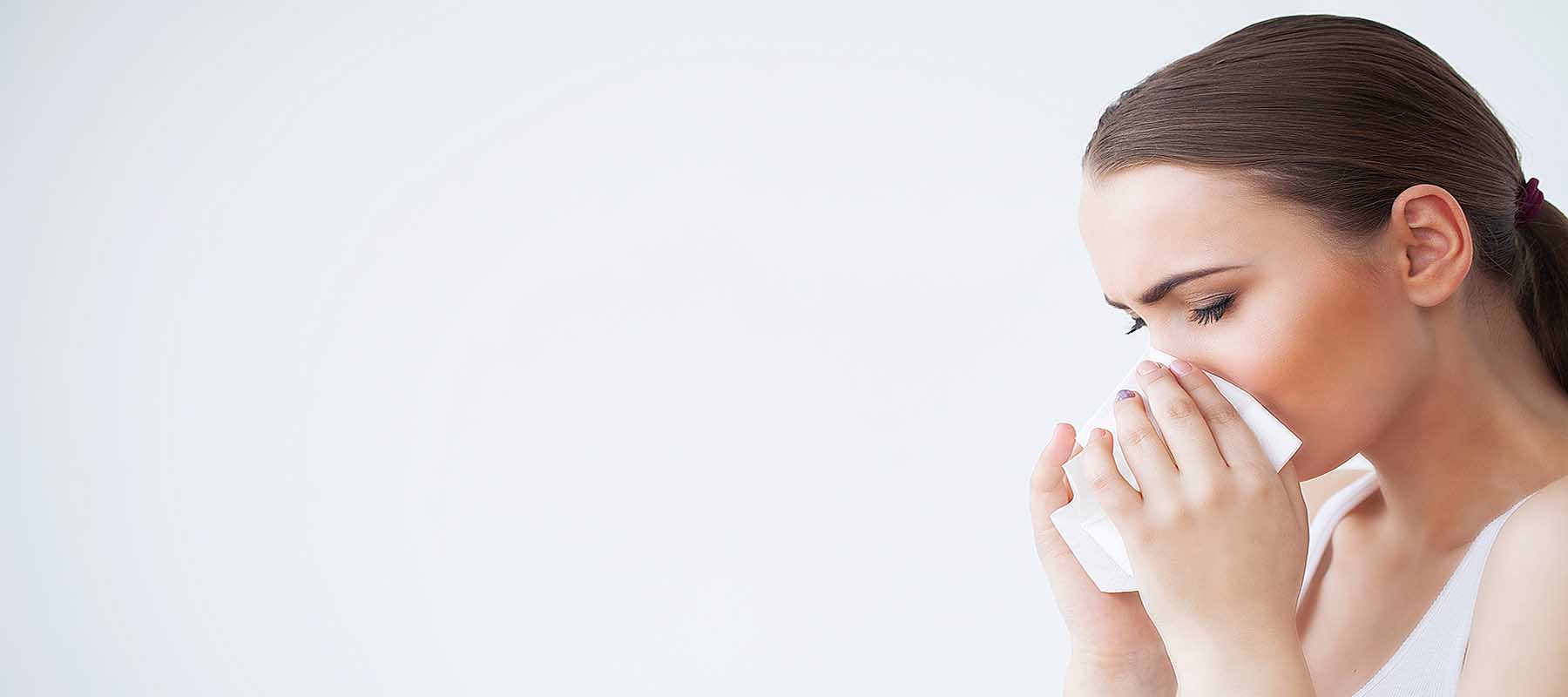 While there’s still plenty of summer left, August means its time to start thinking about back to school. If your child is one of the 40 million in the United States that suffers from allergies, then you know allergy control starts at home but extends to school as well.
While there’s still plenty of summer left, August means its time to start thinking about back to school. If your child is one of the 40 million in the United States that suffers from allergies, then you know allergy control starts at home but extends to school as well.
So here are a few allergy control tips for the younger back to school crowd:
Recycling that Backpack? If you are getting another year out of your child’s backpack (and there is nothing wrong with that) then make sure it is as allergy-free as possible. That means dig it out of storage (or the bottom of the closet) and wash it. Hang dry or tumble dry on low and then spray lightly with ADMS Allergy Control Spray. Since you can’t wash most backpacks with hot water, this is the best way to get it clean and allergy-free.
 Wash away Pollen! If you don’t already do it now, then get started. If your child has hayfever, seasonal, or pollen allergies (all names for the same thing) it is very important that they shower or bathe and wash their hair before bed if they have been outside playing (which is a good thing). Hair is like a pollen magnet, especially on windy days. If you don’t wash that pollen out before they go to bed, they will sleep with it all night and spread it all over the bed.
Wash away Pollen! If you don’t already do it now, then get started. If your child has hayfever, seasonal, or pollen allergies (all names for the same thing) it is very important that they shower or bathe and wash their hair before bed if they have been outside playing (which is a good thing). Hair is like a pollen magnet, especially on windy days. If you don’t wash that pollen out before they go to bed, they will sleep with it all night and spread it all over the bed.
Get ready for the Bus. If your child rides the bus to school and has

pollen allergies, remind them to sit away from the window. Even when the windows are closed, they are not airtight. If the weather is warm and the bus is riding with the windows down, you might want to consider another form of transportation until Fall pollen counts go down.
Between standing out waiting for the bus and the exposure on the bus ride, it might not be the best transportation when pollen counts are high.
Lunchtime/Snack Time. You already know the routine if your child has food allergies. Be sure to talk to the teacher, nurse, and room mother before or as soon as school starts. Take a look at this post about your School Allergy & Asthma Team. If your kid has friends with food allergies, make sure they understand the dangers of sharing their food or snacks with this friend.
Back to School Tips for the Older Crowd
Just because they are old enough to leave for college doesn’t mean they are too old for allergy control. Along with packing on a few extra pounds from all the pizza, they can experience terrible flare-ups of allergies and asthma. That is because you provided a safe zone for them at home, something they probably won’t do on their own once they leave.
Sleep and Breathe. Two things your scholar will be guaranteed to do on a semi-regular basis is sleep and breathe. Focus your efforts on those activities. Grab a zippered dust mite proof or bed bug proof mattress cover for the dorm bed and you are off to a good start. Right now you can save 20% on dorm room allergy control must haves such as:
- Mattress covers
- Pillow covers
- Sheets
- Comforters
- Air cleaners
- Mattress Pads
Peak Need for Peak Flows. If your teen has asthma, the stress of a new environment, new schedule, and new people may trigger breathing distress. Have them chart their peak flows for 2 weeks before they leave for school and then continue to chart daily once they get on campus. By charting their peak flows, they can quickly see trouble coming 12 to 14 hours before an attack occurs. Plenty of time to get to the clinic.
Til Next Time!
Cheryl


 products are now washable.
products are now washable.  and food allergies. The conventional wisdom holds that antioxidants would relieve this oxidative stress. However, a review of the published studies does not show this to be the case. So much for conventional wisdom!
and food allergies. The conventional wisdom holds that antioxidants would relieve this oxidative stress. However, a review of the published studies does not show this to be the case. So much for conventional wisdom!